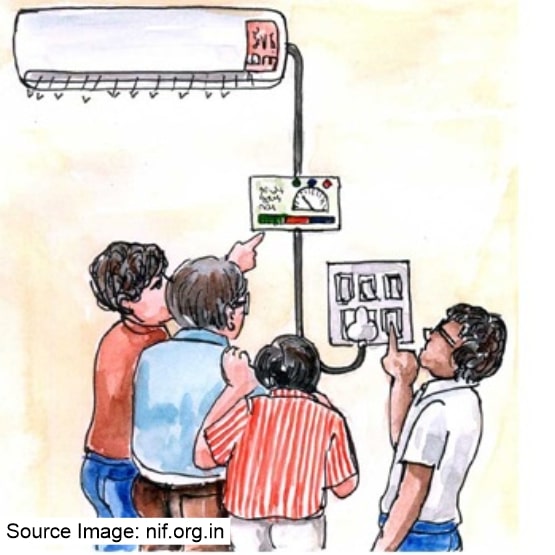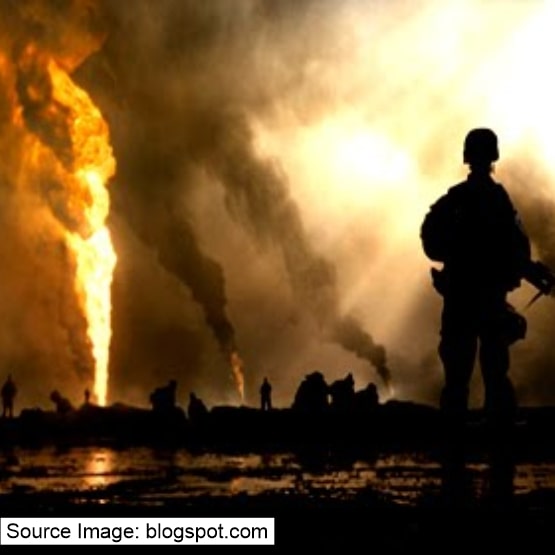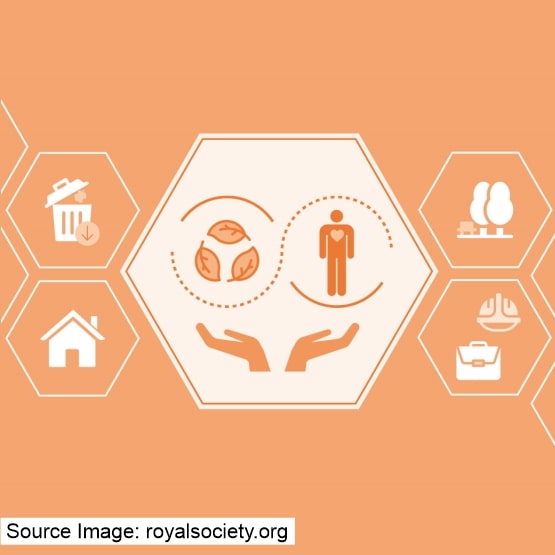According to Wikipedia, "An energy crisis is any significant bottleneck in the supply of energy resources to an economy. In literature, it often refers to one of the energy sources used at a certain time and place, in particular, those that supply national electricity grids or those used as fuel in industrial development and population growth have led to a surge in the global demand for energy in recent years." In simpler terms, it means the world is facing an energy crunch due to the rapid depletion of non-renewable energy sources like natural gas and coal.
In the year 2021, natural gas prices in Europe increased by a factor of ten, while some industries in China have closed owing to power outages caused by a lack of coal. Meanwhile, several of the UK's petrol pumps have run dry, prompting the country's military to intervene to avoid any unrest. The coal reserves in India's power facilities are likewise dangerously low. Many scientists have raised their voices in recent years to warn about climate change, which is mostly driven by the burning of oil and coal for energy. The energy crisis is a vast and complicated subject. Unless the price of petrol at the pump rises or there are queues at the gas station, most people are unaware of its existence. Despite several attempts, the energy situation persists and is becoming worse.
Causes:
The reasons for the inception of this energy crisis are multifold. Many industries and the reckless commercial use of our energy sources. Apart from that, the uneven growth of the population and the unequal distribution of resources are some major factors as well.
1.Overpopulation

The planet is expanding at an incredible rate. The world's population is now increasing by 60,000 people every eight hours, or two children born every second somewhere on the planet. Experts estimate that if we continue to develop at our current rate, we would require 50% more energy to maintain mankind by 2050. That's not all; with more people comes the demand for more food, water, and shelter, putting pressure on our natural resources.
A population's energy consumption rises in parallel with its size. It has been proposed that the number of energy resources available determines the size of the population that the planet can support. With most traditional fuel sources having reached their maximum capacity and the quest for scalable and sustainable alternatives continuing, it's crucial to understand how population increase influences energy consumption.
2. Overconsumption
The energy issue is caused by a variety of pressures on our natural resources, not just one. Overconsumption of fossil fuels like oil, gas, and coal puts pressure on our water and oxygen supplies, resulting in pollution.
Non-renewable energy sources such as oil, gas, coal, and uranium are used nearly totally in our present consumption model. Oil will be the first fossil fuel to run out at the present rate of usage. According to calculations, conventional oil reserves would last between 40 and 60 years. Natural gas reserves might last another 70 years. There would be enough coal reserves to last two centuries.
3.Poor infrastructure
Another cause of energy shortage is the aging infrastructure of power generation equipment. The majority of energy-producing companies continue to use outdated equipment, which limits energy production.
Companies should maintain and upgrade infrastructure while maintaining a high level of performance. Upgrades are expensive and need a large number of additional resources. While these resources pollute the environment and contribute significantly to CO2 emissions, they are also rapidly depleting.
4. Energy Wastage

Energy waste refers to the wasting of energy sources, particularly fuels and electricity, that results mostly from the inefficient use of energy resources. As a result, waste reduction is a massive source of energy savings that necessitates both individual and societal activities. People in most parts of the world are unaware of the need for energy conservation. Books, the internet, newspaper advertisements, and seminars are the sole sources of information. Things will not change any time soon until we give it serious consideration. Simple things like switching off fans and lights when not in use, using maximum daylight, walking instead of driving for short distances, using CFL instead of traditional bulbs, and proper insulation for leakage of energy can go a long way in saving energy.
5. Natural Disasters or Major Accidents
Energy supplies are disrupted by severe accidents such as a major line fault or break, as well as natural catastrophes such as droughts, floods, cyclones, volcanic eruptions, and earthquakes. The large imbalance between supply and demand for energy has the potential to boost the price of vital commodities, causing inflation.
6. Wars and Outbreaks

Wars between nations can also disrupt energy supplies, particularly in Middle Eastern countries such as Saudi Arabia, Iraq, Iran, Kuwait, the United Arab Emirates, or Qatar. That's what happened during the Gulf War in 1990, when oil prices peaked, generating global shortages and huge challenges for energy users. This leads to a rise in oil prices and worldwide shortages, which has a knock-on impact that causes issues for energy customers. The present conflict between Russia and Ukraine has elevated resource prices all across the world.
7.Delay in commissioning of power plants
The commissioning of new power plants that can bridge the gap between demand and supply of electricity is taking a long time. As a result, the system is put under a lot of strain to satisfy the daily electricity demand. When supply does not meet demand, load-shedding and/or a system outage occur.
Some solutions to this Energy Crisis:
1. Adopting Renewable energy sources
Reducing the world's reliance on nonrenewable resources and boosting overall conservation efforts are the greatest feasible solutions. Much of the industrial period was built on fossil fuels, although other renewable energy sources such as steam, solar, and wind are also known to have been used. We may run out of gas or oil, which is a concern. However, a greater issue is that the usage of coal will continue to harm the atmosphere and deplete other natural resources throughout the mining process. As a result, it's critical that this be replaced as a source of energy. This is difficult because many of the world's major industries rely on coal as their principal source of energy for manufacturing, but it is possible with a determined and cooperative effort.
2. Buy energy-efficient products

Simple things can go a long way in saving energy:
- Switching off fans and lights when not in use
- Being mindful of when you’re using your appliances
- Limiting the use of heating and cooling
- Using maximum daylight
- Using maximum daylight
- Using LED bulbs instead of traditional bulbs
- Proper insulation
It is also critical that we utilize less energy through upgrading and modernizing energy infrastructures, such as smart grid solutions and smart cities, in order to avoid an energy catastrophe.
3. Lighting control
There are a variety of new technologies available that make lighting controls more appealing, as well as help to save energy and money in the long term. Preset lighting controls, slide lighting, touch dimmers, and integrated lighting controls are just a few of the lighting controls that may help save energy and money.
4. Easier grid access
Individuals who generate electricity using various methods must be allowed to connect to the grid and should be compensated for the energy they supply. The way customers use and interact with the grid is already changing, and more change is on the way. This entails changing how the grid is controlled and regulated, as well as how consumers access and input into the system, as well as how they pay for energy delivery.
Credit for delivering extra electricity back into the system should be removed as a barrier. Aside from that, solar panel subsidies should be maintained or enhanced to encourage more individuals to investigate renewable energy sources.
5.Tackling climate change

Both developed and developing countries should adopt a common stand on climate change. They should concentrate on decreasing greenhouse gas emissions through a cross-border method that works.
Global warming and climate change cannot be ruled out as a result of existing population expansion and resource overconsumption. By 2050, both developed and developing countries must work on halving their emissions from the present levels.
To curb this energy crisis, it is necessary to switch to sustainable use of energy. Finding clean, renewable energy sources—ones that can be replenished rather than sources that can be depleted—is key to achieving sustainable energy. The term "sustainable energy" refers to the energy that will never run out or be depleted. It has an infinite supply.
It is high time all of us go green to save mankind!
